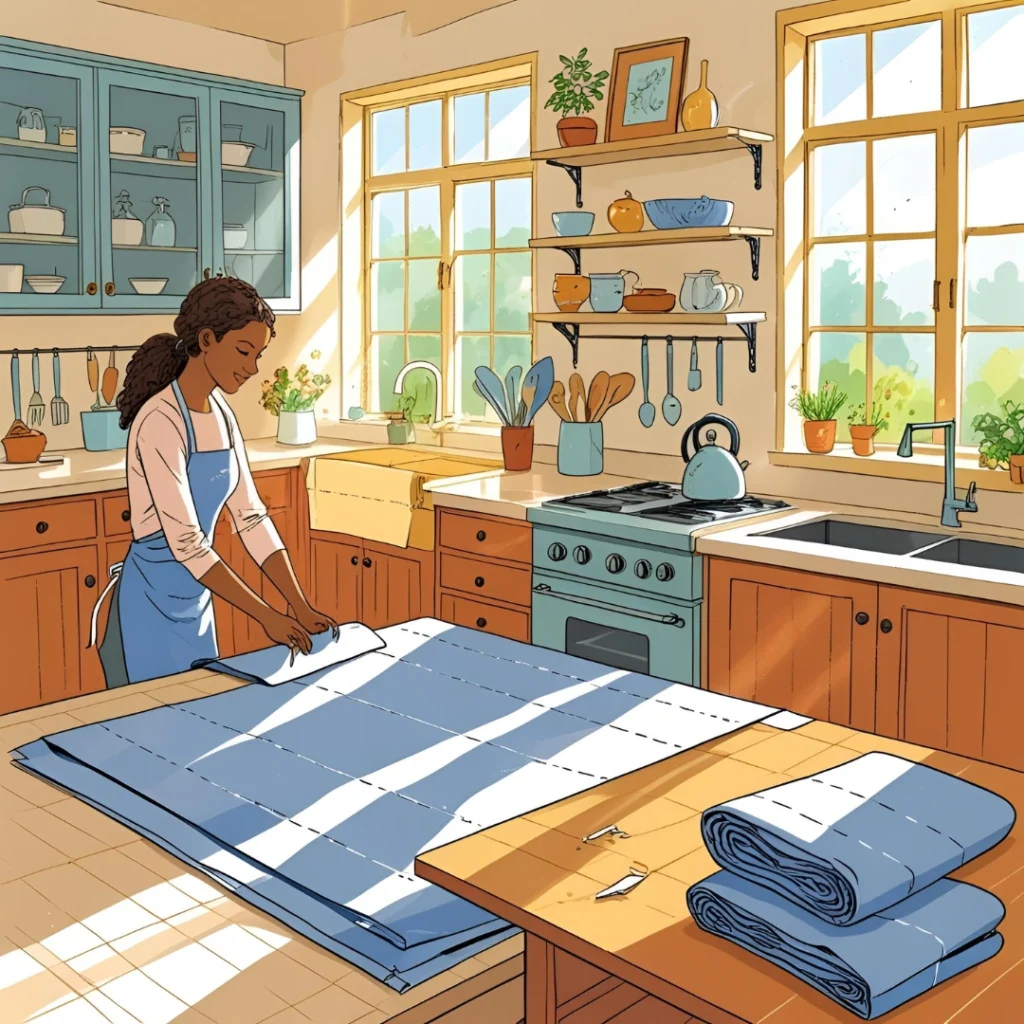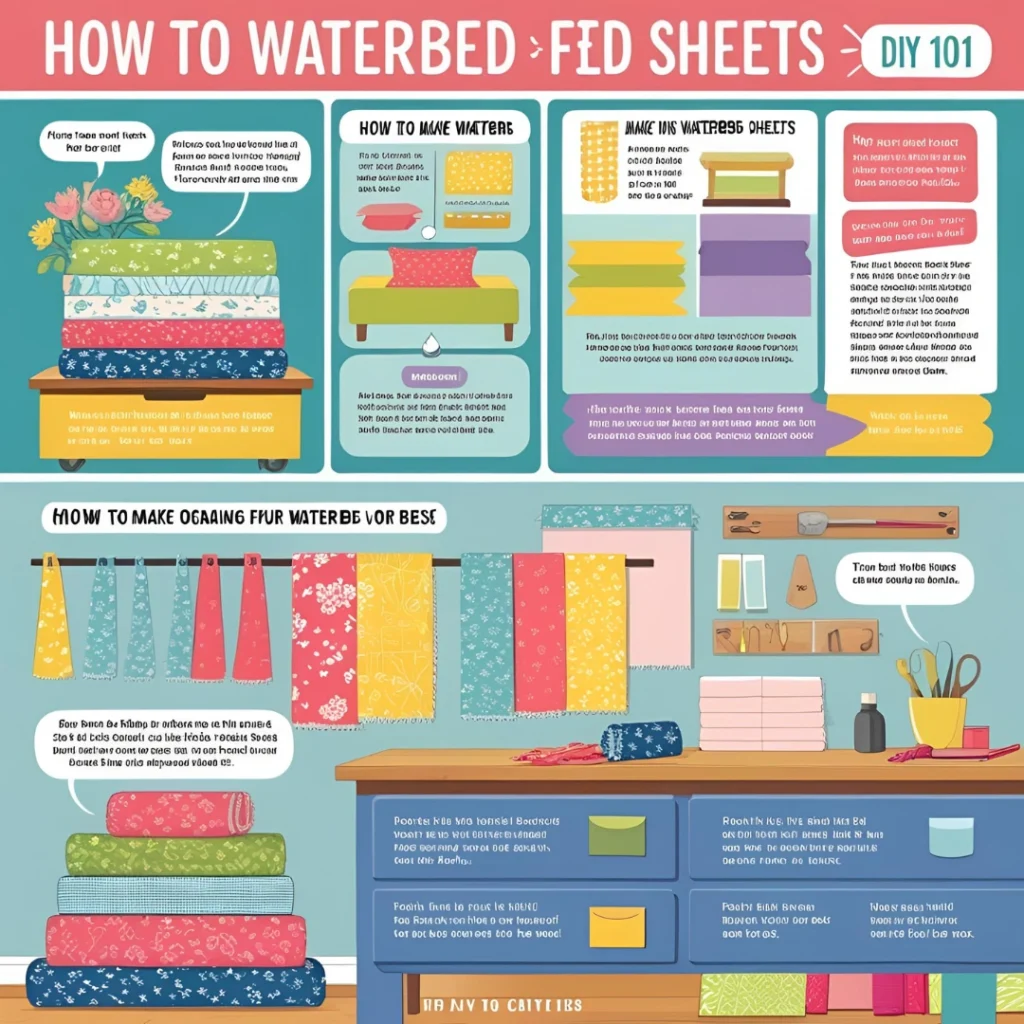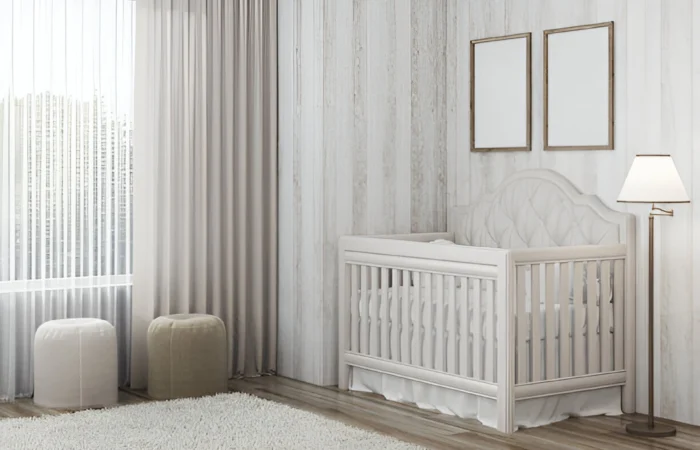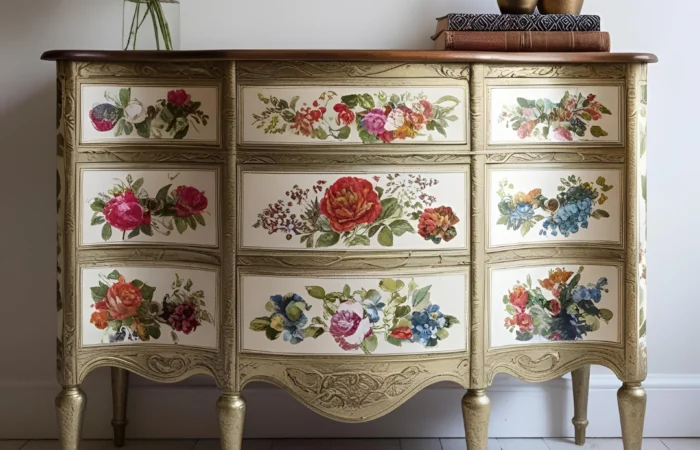If you’ve ever dealt with loose, slipping waterbed sheets, I feel your pain. I used to wake up with my sheets bunched up or half-off the bed. It was annoying and ruined my sleep. After trying lots of waterbed fitted sheets that didn’t work, I finally said, Enough!
That’s when I decided to learn how to make waterbed sheets myself. And let me tell you—it changed everything. My sheets now fit snug, stay in place, and feel amazing. In this guide, I’ll show you exactly how to do it too.
You’ll learn the best way to measure, pick fabric, and sew sheets that fit like a glove. I’ll also share my favorite tips, plus a quick waterbed sheets buying guide in case DIY isn’t your thing. Let’s fix your bed and get you sleeping better tonight.
Why Most Waterbed Sheets Don’t Fit Right
Let’s be honest most waterbed sheets just don’t stay in place. They slip, bunch, or pop off in the middle of the night. It’s not only annoying—it ruins your sleep. I’ve been there more times than I care to admit.
The main issue is fit. Standard sheets are made for regular beds. Waterbeds need deeper corners and stronger elastic. Without that, the sheets won’t stay snug.
Snippet-ready answer: Most waterbed sheets don’t fit right because they’re too shallow and lack the grip needed for soft-sided or hard side water beds.
There’s also a size difference. For example, waterbed sheets queen style are longer than standard queen sheets. A regular queen sheet may seem close—but it won’t stretch far enough.
I once bought a set of fitted sheets labeled for water beds. But they were so shallow, they barely hugged the corners. The elastic felt loose after one wash. By 2 a.m., the sheet would slide off, and I’d wake up tangled in fabric.
If this sounds familiar, don’t worry. You’re not doing anything wrong. You just need sheets designed for your waterbed’s depth and size—or better yet, sheets made by you, for your own bed.
DIY 101 – How to Make Waterbed Sheets at Home
Making your own waterbed sheets might sound like a big task, but it’s easier than you think. Once I made my first set, I couldn’t believe the difference. The fit was perfect, and I finally stopped fighting with slipping corners. If you’re tired of ill-fitting waterbed sheets, follow these simple steps to make your own that fit just right.
Step 1 – Measure Your Waterbed Mattress Properly
Before anything else, grab a tape measure. Knowing your mattress size is key. Waterbed sizes differ from regular ones, so it’s important to get it right.
Here’s a quick size guide:
Make sure to measure not just the length and width, but the depth too. Waterbed mattresses are often deeper than regular ones.
Quick tip: Always double-check depth! A half-inch off can ruin the fit.
Step 2 – Choose the Right Fabric
When it comes to fabric, you have options. I’ve tried cotton, microfiber, and flannel. Each has its pros.
- Cotton is soft and breathable—great for summer.
- Microfiber is budget-friendly and wrinkle-resistant.
- Flannel is cozy and warm, perfect for winter months.
From experience, I prefer cotton year-round. It feels cool and smooth, and it lasts longer when washed gently.
Snippet-worthy tip: Cotton and flannel are best for waterbed sheets due to comfort and breathability.
Step 3 – Cut and Sew the Fabric to Fit
This part may sound tricky, but it’s easier than you think. Here’s what you’ll need:
- Fabric scissors
- Measuring tape
- Sewing machine
- Pins or clips
Cut your fabric based on the measurements you took earlier. Don’t forget to leave 5-6 inches extra on all sides for seams and corners.
Pin the corners to shape them into a box fit. Then, sew along the edges. This will help the sheet hug the mattress.
Tip: Deep pockets matter! They keep the sheet from sliding off.
Step 4 – Add Strong Elastic for a Secure Fit
This step changed everything for me. I used to skip the elastic, thinking it wasn’t a big deal. Big mistake!
Use 1/2″ to 1″ wide elastic for strong hold. Sew it around the edge of the fitted sheet using a zig-zag stitch. It helps stretch and snap back tight.
Quick tip: Zig-zag stitches add strength and flexibility to the elastic, keeping your sheets snug.
Once you’ve finished, try the sheet on your bed. If it fits like a glove, you’re good to go. If not, make adjustments—you’ll get better with practice.
Waterbed Sheets Buying Guide (If DIY Isn’t Your Thing)
Don’t have time to sew your own sheets? No problem—I’ve been there too. You can still get a great fit if you know what to look for. Let me help you find sheets that work well for your waterbed.
Know Your Mattress Size
Waterbeds come in different sizes than regular beds. That means standard sheets won’t always fit. For example, a queen waterbed is 60″ x 84″, while a regular queen is 60″ x 80″.
Quick answer: Always measure your waterbed before you buy new sheets.
Also, waterbed mattresses are often deeper. Look for deep-pocket sheets made for waterbeds. This will keep the corners from slipping off.
Materials Matter
The right fabric makes a big difference. I’ve tried many types over the years. Some are soft, others last longer, and a few are better in cold weather.
- Cotton is cool and smooth—perfect for summer.
- Flannel is warm and cozy for winter nights.
- Bamboo feels soft but can be slippery.
Fast fact: Cotton and flannel are the best picks for grip and comfort on waterbeds.
I like to use cotton all year, but I switch to flannel in winter. It’s like climbing into a warm hug.
Elastic & Fit Design
Elastic is key. Cheap elastic slips. Good elastic holds firm. I learned this the hard way!
Look for these features:
- Deep corners or deep pockets
- Anchor straps to hold sheets in place
- Full-fit sets made just for waterbeds
Helpful tip: Skip sheets with thin elastic. They lose shape fast and won’t stay tight.
Make sure the label says it fits waterbeds. If not, you’ll likely end up frustrated with loose corners and bunching.
My Top Tips After Years of Trial and Error
I learned that good elastic makes all the difference. Cheap elastic stretches out fast. Then the sheets slip off at night. Use wide, strong elastic for a tight fit.
When buying sheets, look for deep pockets and thick elastic. Anchor straps help hold sheets in place. Avoid sheets that don’t say they fit waterbeds. Most regular sheets won’t fit well.
Making your own sheets can save money. You get a perfect fit and no slipping. I tried DIY, and now I never buy store sheets again.
Common Waterbed Sheet Problems & How to Fix Them
Waterbed sheets can cause a few problems. I’ve had these issues myself. The good news? They are easy to fix.
Slipping Corners
Sheets often slip off the corners at night. It can be really frustrating.
Problem: The elastic is weak or too loose. Sheets don’t stay put.
Fix: Use strong, wide elastic. Or add straps to keep sheets tight.
Fabric Pilling
After some washes, sheets can get fuzzy and rough. It looks worn out.
Problem: Low-quality fabric pills easily.
Fix: Choose good cotton or flannel. Wash them gently inside out.
Shrinking in the Dryer
Sheets sometimes shrink after drying. They feel too small and tight.
Problem: High heat in the dryer causes shrinkage.
Fix: Air dry or dry on low heat. This keeps sheets soft and the right size.
Quick tip: Most problems come from poor fit or bad fabric. Fix those, and your sheets will feel great.
Conclusion: Why the Right Waterbed Sheets Make All the Difference
Good waterbed sheets make a big difference. I used to struggle with loose sheets that slipped off. It ruined my sleep.
Sheets that fit right stay in place. They feel soft and help protect your bed. Making your own or picking the right ones matters a lot.
If you like DIY, making sheets is easy and saves money. If not, choose sheets made for waterbeds. This stops slipping and bunching.
Once I made my own, I never looked back. My sheets fit snug and feel great. You can do it too!
Ready to stop fighting with your sheets? Try making your own or use my buying tips. Your sleep will thank you.












Leave Your Comment: